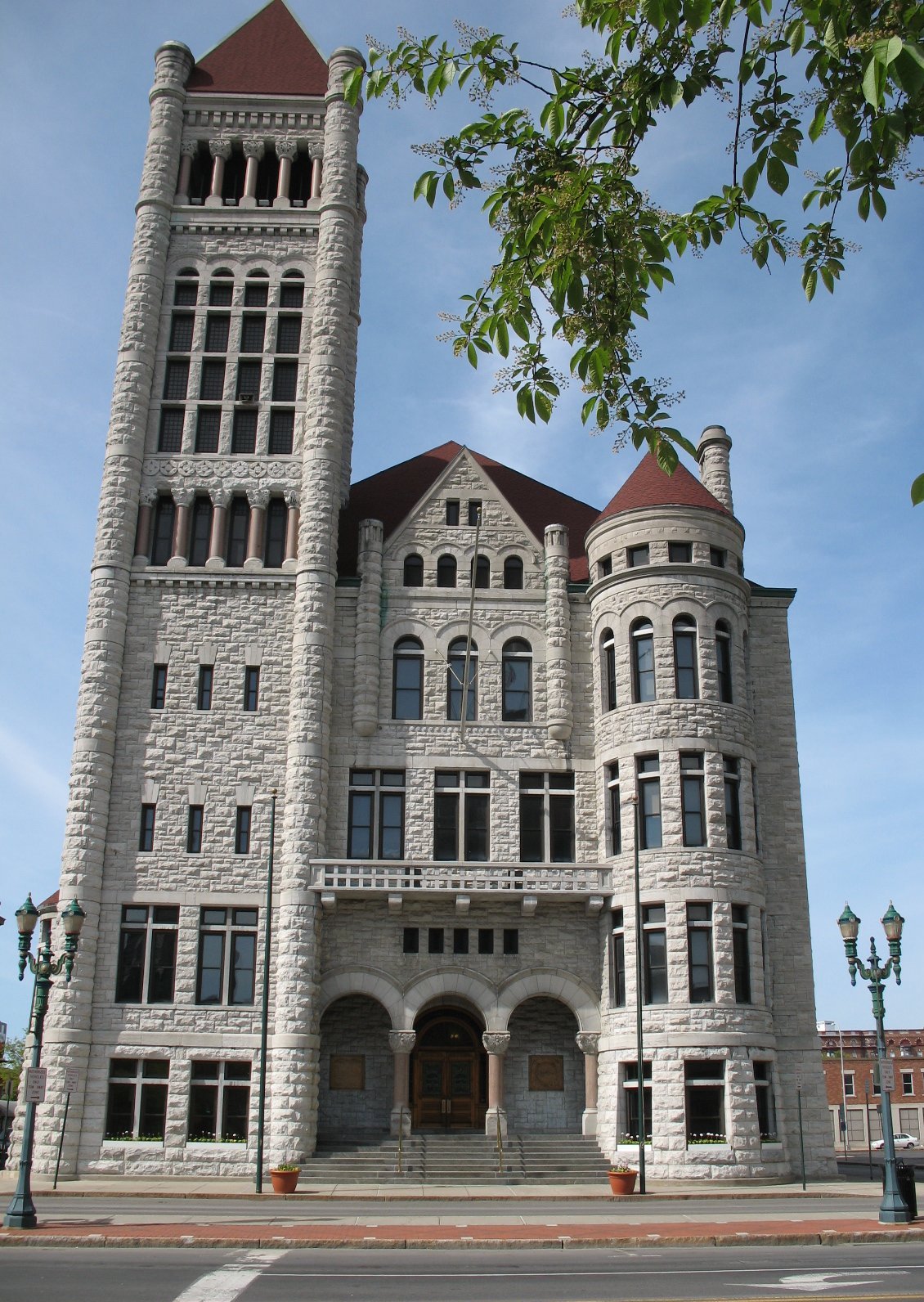Charles Erastus Colton on:
[Wikipedia]
[Google]
[Amazon]
 Charles Erastus Colton was an American
Charles Erastus Colton was an American
''Accompanying 13 photos, from 2009 (see captions on page 23 of text document)''
/ref> *Seubert & Warner Building, 239-41 West Fayette Street, included in the
 Charles Erastus Colton was an American
Charles Erastus Colton was an American architect
An architect is a person who plans, designs and oversees the construction of buildings. To practice architecture means to provide services in connection with the design of buildings and the space within the site surrounding the buildings that h ...
who worked in Syracuse, New York
Syracuse ( ) is a City (New York), city in and the county seat of Onondaga County, New York, Onondaga County, New York, United States. It is the fifth-most populous city in the state of New York following New York City, Buffalo, New York, Buffa ...
.
Buildings he designed which survive and are listed on the U.S. National Register of Historic Places
The National Register of Historic Places (NRHP) is the United States federal government's official list of districts, sites, buildings, structures and objects deemed worthy of preservation for their historical significance or "great artistic v ...
include:
*Syracuse City Hall
The Syracuse City Hall is the city hall of Syracuse, New York.
Unusually for civic buildings in the United States, it was constructed from 1889 to 1893 in the Romanesque Revival architectural style
An architectural style is a set of characte ...
, 233 E. Washington St., Syracuse, New York
Syracuse ( ) is a City (New York), city in and the county seat of Onondaga County, New York, Onondaga County, New York, United States. It is the fifth-most populous city in the state of New York following New York City, Buffalo, New York, Buffa ...
* Gere Bank Building, 121 E. Water St. Syracuse NY
* Leavenworth Apartments, 615 James St. Syracuse NY
* People's African Methodist Episcopal Zion Church (with (Wallace Rayfield
Wallace Augustus Rayfield (1874–1941), was an American architect and educator. He was the second formally educated practicing African American architect in the United States.
Biography
Wallace Augustus Rayfield was born around May 10, 1874 in ...
), 711 E. Fayette St., Syracuse NY
* Baldwinsville Village Hall, 16 W. Genesee St., Baldwinsville, New York
*St. John's Episcopal Church (The Center for Wellness), Auburn, New York"Completion of St. John's Church", ''Auburn News and Bulletin'', July 18, 1881
*Two buildings in the South Salina Street Downtown Historic District
South Salina Street Downtown Historic District is a historic district representing what was the commercial core of in Syracuse, New York from the mid-nineteenth century to the mid-twentieth century. It was listed on the National Register of His ...
, Syracuse, New York:
**McCarthy Building, 217 S. Salina Street
**Wilson Building, 306-312 S. Salina Street, 1898. Beaux-Arts style
Beaux-Arts architecture ( , ) was the academic architectural style taught at the École des Beaux-Arts in Paris, particularly from the 1830s to the end of the 19th century. It drew upon the principles of French neoclassicism, but also incorpor ...
building was originally known as Dillaye Building. an''Accompanying 13 photos, from 2009 (see captions on page 23 of text document)''
/ref> *Seubert & Warner Building, 239-41 West Fayette Street, included in the
Armory Square Historic District
Armory Square is a small neighborhood on the west side of Downtown Syracuse, Downtown Syracuse, New York. It began life as a busy commercial and industrial area just to the west of the central city. After World War II, Syracuse's central city ...
, Syracuse, New York
He also designed the Iroquois China Company
Iroquois China Company was founded in 1905 in Solvay, New York, located on the western border of Syracuse, New York, Syracuse near the southern shores of Onondaga Lake. It operated in Syracuse until closing. Although some references indicate that ...
plant in Solvay, New York
Solvay is a village located in the town of Geddes, Onondaga County, New York, United States, and a suburb of the city of Syracuse. According to the 2010 census, the village had a total population of 6,584. The village is named after the Solvay ...
. The contractors for masonry work, O'Connor Bros., began excavation for the foundation walls by July 1904; the plant was in production in 1905. Charles Colton also built 745-747 N.Salina St, Syracuse, NY
References
Architects from Syracuse, New York Year of death missing Year of birth missing {{US-architect-stub